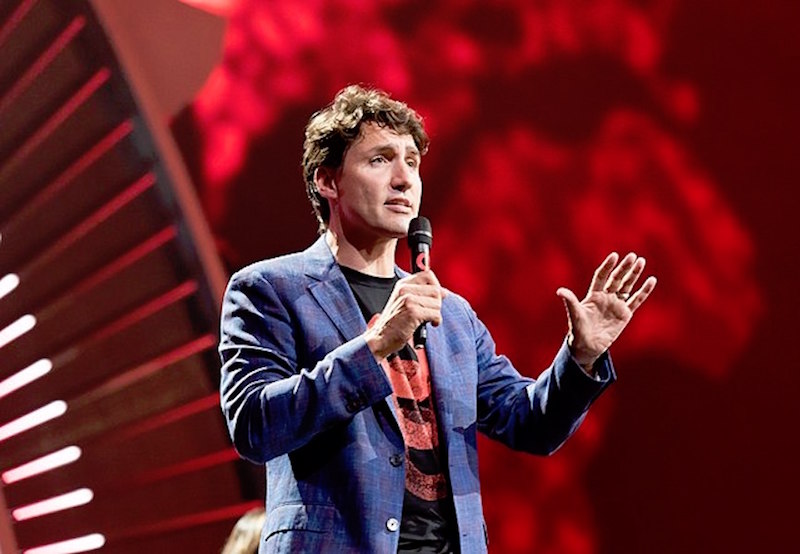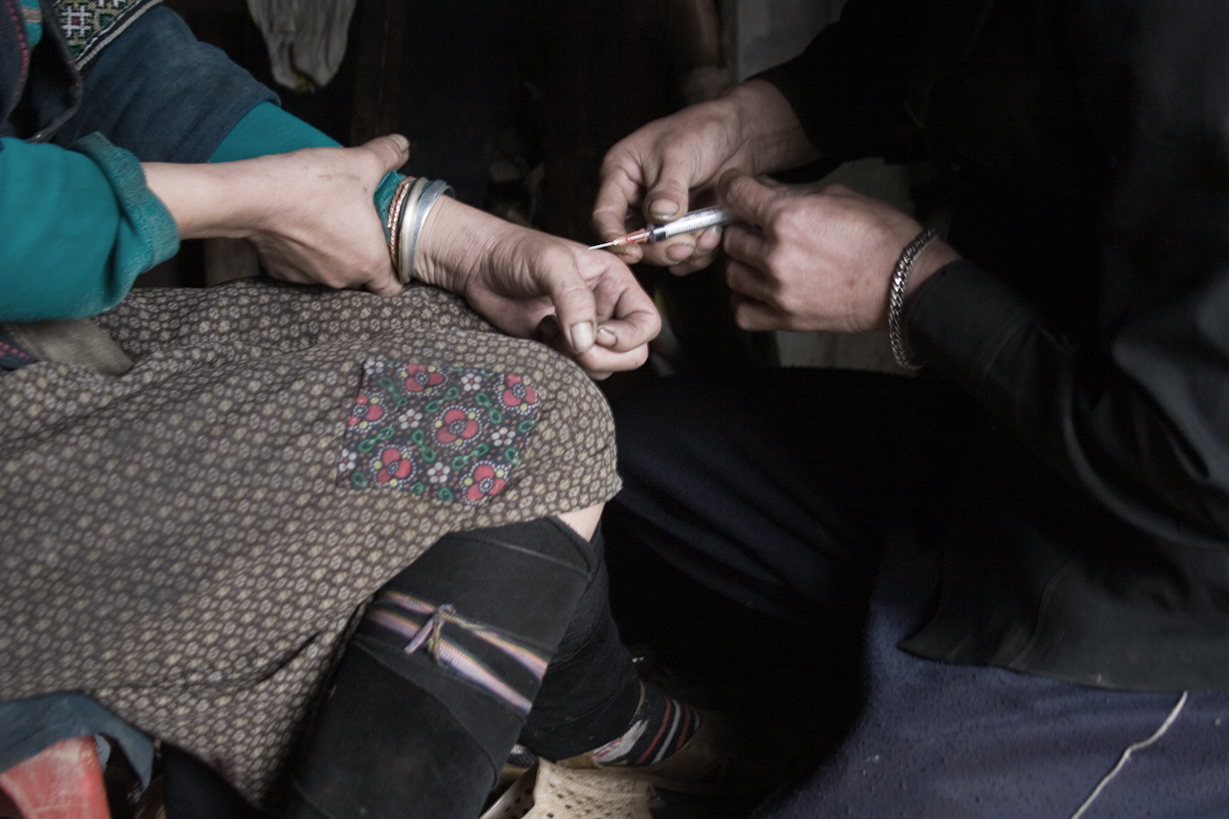Based off of Margaret Atwood’s 1985 dystopian thriller, The Handmaids Tale explores an America transformed into a theocratic and repressive society. Renamed to “The Republic of Gilead,” the United States is governed by a religion that condemns and punishes religious freedom, LGBT activity, adultery, abortion, having children out of wedlock, and reduces women to their reproductive functions. Interestingly enough however, Gilead’s neighbors to the north are seemingly unaffected by this regime and ideological shift, with Canada maintaining its long established democracy and foundational values. In episode 10 of the first season, one of the main characters in the show escapes Gilead to Canada, where she is given clean clothes, housing, an ID card, a pre-paid cellphone, several hundred dollars in cash, and both a medical insurance card and a prescription drug card.
With the election of Donald Trump and the institutionalization of his abrasive rhetoric, Atwood’s story has become more relevant than ever before. Many of the fictional escape scenes are chilling, particularly given the number of people who continue to risk their lives fleeing across the Canadian border. Critics and viewers alike continue to draw parallels between Atwood’s vision of a welcoming Canada and Trudeau’s “open door” policies since the rise of Trump. However, is this fictional account really that comparable to the current situation at the Canadian border? Or is the process of claiming asylum under the Trudeau administration far more complicated and bureaucratic than we are led to believe?
A common misconception or “myth” is that asylum seekers are automatically granted entry as “queue jumpers,” subverting Canadian immigration laws. Asylum seekers in reality are seeking protection under international and Canadian law, and sit neither ahead nor behind those applying for immigration, permanent residency or citizenship. In order to successfully obtain asylum in Canada, seekers must prove to officials that they need sanctuary within Canada in order to guarantee safety for themselves and their families. Currently, there exists three ways in which foreign nationals can claim immediate asylum. Seekers can claim at a port of entry, at a Canada Border Services Agency (CBSA) inland office or an Immigration, Refugees and Citizenship Canada (IRCC) office. Officials are then able to determine whether a claim is valid, whereupon the application is either rejected or the claim is taken to the Immigration and Refugee Board for a hearing. Adhering to UN standards, Canadian law typically grants asylum to those who have been actively forced to flee their country due to persecution, war or violence. These refugees have validated fears of persecution for reasons related to race, religion, nationality, political opinion or membership of a particular social group.
According to Ministers Ralph Goodale and Ahmed Hussen, over 90 percent of asylum seekers get rejected at the border, as the majority of claimants do not adhere to UN standards related to refugee status. In 2017, the Canadian government removed 8’200 failed refugee claimants, primarily entering the country using Visas and then failing to submit a successful asylum claim. Many of these failed claimants come from Caribbean and Sub-Saharan African countries that are not classified or perceived as dangerous to the people living there. In particular, Haitian and Nigerian nationals have been consistently denied asylum despite expressing valid concerns about the state of affairs back home. In response to this, Trudeau has counseled these nationals to make claims in the United States, a suggestion that is reminiscent of Minister Jason Kenney’s strict border policy under the Harper government. So does Canada deserve its welcoming and benevolent image as presented in The Handmaids Tale?
In Margaret Atwood’s fictional world, American’s fleeing the oppressiveness of Gilead would undoubtedly be granted asylum at the Canadian border, as the UN definition of a refugee would surely extend to US citizens fleeing forced labour and systematic rape. However, this exists as a hypothetical situation. It is easy to portray Canada as the friendly neighbor to the North, and Canada has reason to possess that reputation. Trudeau’s “open door” policy allowed over 300’000 foreign nationals to enter the country in 2017, with a relatively small percentage being composed of refugees actively fleeing war and persecution. However, Canada may be accepting of certain refugees like Syrians who are screened abroad before they set foot in the country, but the same cannot be said about asylum seekers who wash up on our shores in boats, or who walk across the US border.
Justin Trudeau – Global Citizen Festival Hamburg (2017), by Frank Schwichtenberg via Wikimedia Commons. Licensed under CC BY-SA 4.0
Disclaimer: Any views or opinions expressed in articles are solely those of the
authors and do not necessarily represent the views of the NATO Association of
Canada.




